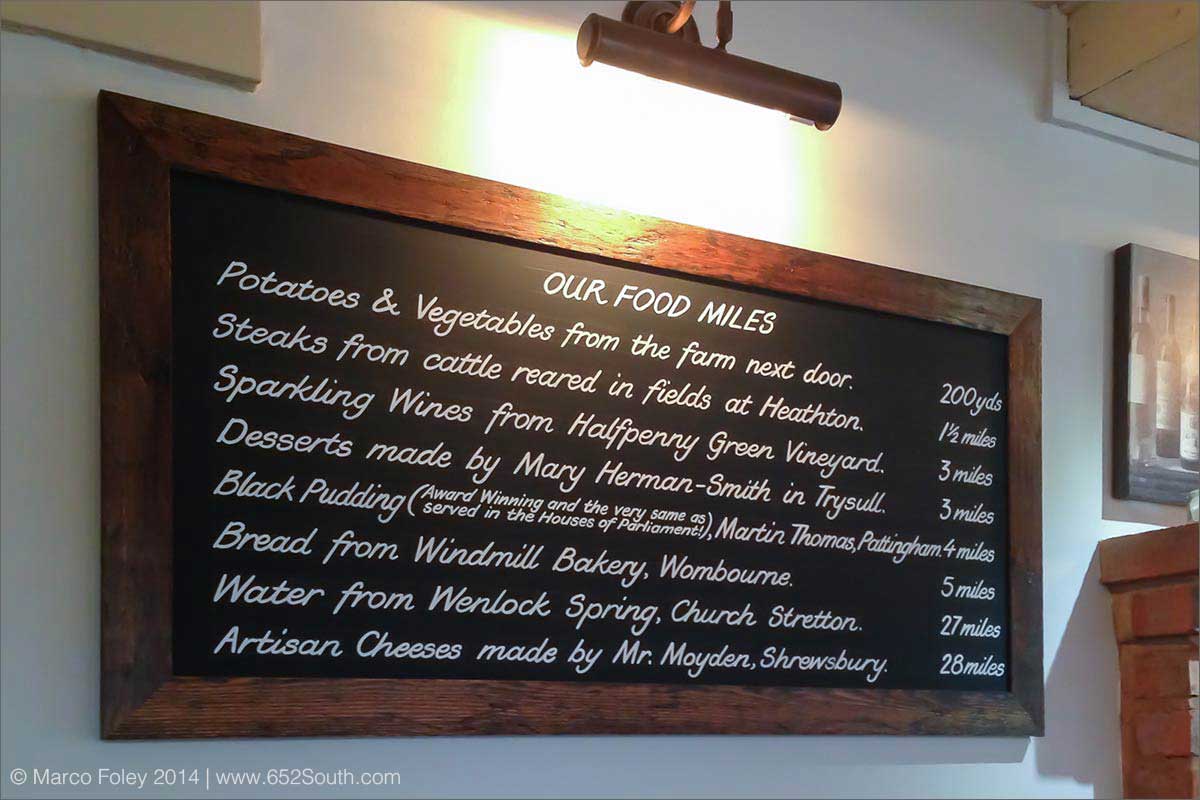This is the inside of a 1960 Hammond C3 organ. And it’s being repaired. Again.
Even if you’re not a music lover, you’ll recognise the sound of this instrument in the opening bars to “Gimme Some Loving” by the Spencer Davis Group and in just about everything from Motown through 70s rock to modern acid jazz and hip-hop samples.
It makes a sound by spinning a steel tone wheel – one for each key – above a magnetic pickup using a huge motor. The instrument is complex, unreliable, and at over 140kg, insanely heavy. It’s also ridiculously outdated in that modern synthesised organs can address all these disadvantages for a fraction of the cost.
But for some bands (including the musicians pictured above) none of this matters. They maintain and gig these huge old organs for two reasons. Firstly, as brilliant as modern “Hammond clones” are, the sound to the expert ear is still not quite there. Secondly, and perhaps even more importantly, using the real thing sends a very simple message to their audience:
“Sure it’s difficult, but we think it matters and we’re not willing to compromise”.
We see this same approach in luxury brands where mechanical watch makers continue to develop ever-more intricate complications in their movements to achieve the same things that are possible on the most basic digital watches. Or in specialist service providers where photographers that use only film will happily accept all the risk and complexity to make images that extend beyond a “spray and pray” visual record.
In your organisation, are there difficult but important things on which you refuse to compromise? And if so, are you making absolutely certain that your audience understands why?


